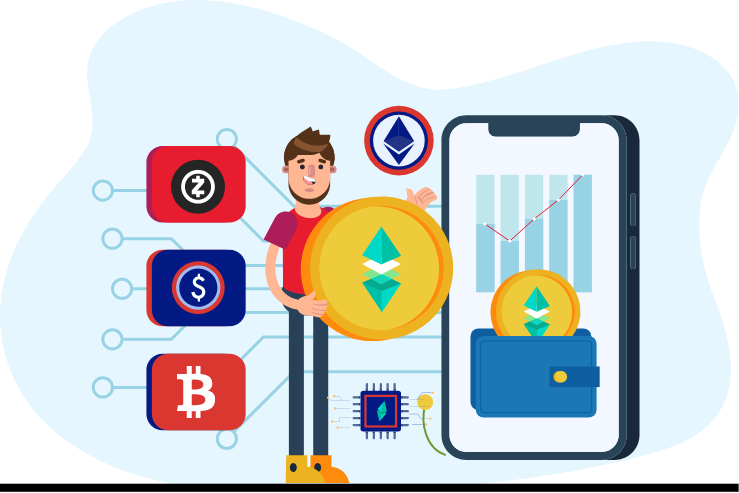A growing number of people are eager to learn about and use new technologies as the globe undergoes constant change. The younger generation craves engagement on the web, and one way to do so is to create their own marketplace. NFT (Non-Fungible Token) is an example of a public blockchain marketplace. Despite the fact that the blockchain app development is still in its development, its growing popularity is the driving force behind the creation of marketplaces like that of NFT.
What Is An NFT Marketplace?
The NFT marketplace, as the name suggests, is a decentralized platform where non-fungible tokens may be created, bought, sold, and stored. As it is built on top of the blockchain, the NFT marketplace makes it possible to create and trade digital assets throughout the world in a transparent and immutable way. Moreover, the marketplace manages NFT storage.
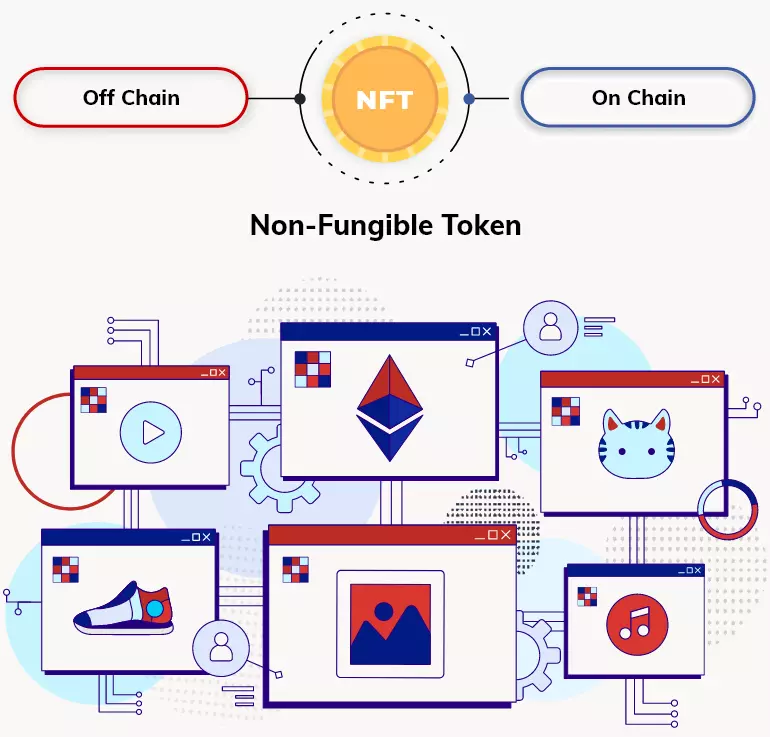
A growing number of digital asset markets are being taken over by NFT marketplaces such as those in the gaming and art sectors, social networking, and music. More and more metaverse projects have brought NFT markets into the limelight. NFT markets are improving their capabilities all the time, and issues like a lack of NFT interoperability are being addressed.
How Do NFTs Work?
Despite the fact that NFTs have been present since 2014, they are just now becoming well-known due to their rising popularity as a means of purchasing and selling digital artwork. CryptoKitties were first introduced to the globe in 2017. Although NFTs are data units, especially blockchain-based digital files, it is critical to note that access to any version of the original file is not restricted to the token’s owner. On its basic blocks, NFTs represent digital files that are indefinitely repetitive, but the NFTs are traceable and allow consumers to prove their ownership.
Due to the fact that the NFT concept is based on transferring digital contents to the Ethereum blockchain, this approach results in the codification of NFT, which subsequently results in the formation of pricing, possession, and transfers records, hence prohibiting digital fraud or file replication. In other words, as long as the system is up and running, NFT will remain on the blockchain in perpetuity
NFTs are not interchangeable since each piece has a unique digital property. Each NFT is unique, even if the artist releases two works that appear to be identical in terms of their physical appearance. However, what is critical to emphasize here is the need to adequately protect intellectual property inside the NFT system and tokenization.
How Non-Fungible Tokens Work In The Crypto Sphere?
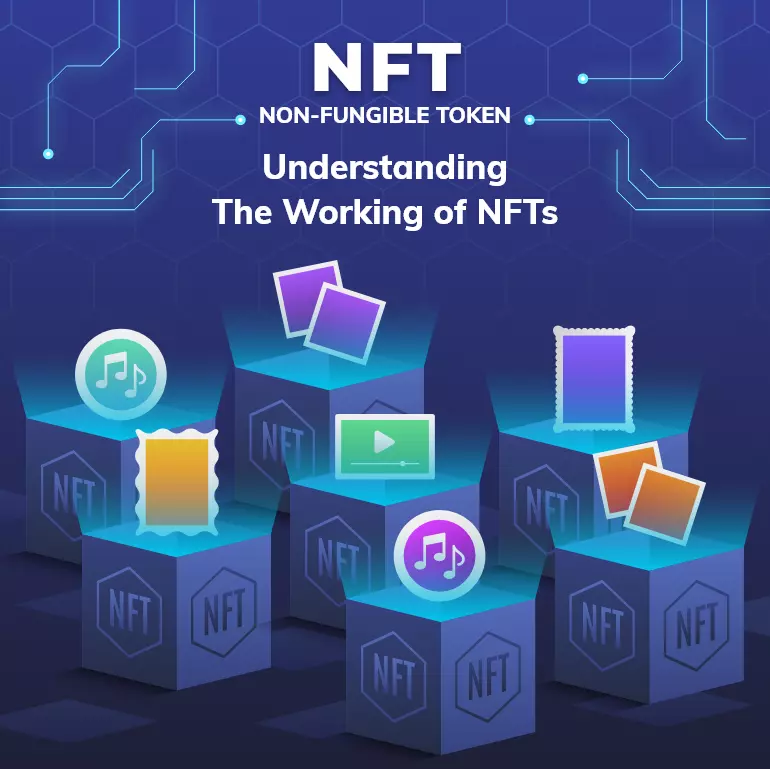
Each NFT token will represent a distinct asset, and there are no predetermined values associated with them. You can swap one NFT for another since the two have distinct values and hence can be exchanged out for each other. Due to the fact that the NFTs are established on the blockchain, they are susceptible to duplication and modification. Uniqueness, authenticity, individuality, and ownership rights are all characteristics of NFTs.
It is true that NFTs fall under the category of cryptographic assets, however, they are distinct from other tokens in various aspects. Here’s a quick rundown of each of them:
- NFT are crypto tokens that are one-of-a-kind. A Bitcoin is an identical copy of another. However, each NFT has its own set of rules.
- NFTs cannot be broken into smaller portions, unlike Ethereum and Bitcoin may be divided into multiple smaller sections.
While examining the discrepancies, it’s equally critical to look at the similarities. Comparing NFTs to other cryptographic tokens, here are some similarities:
- The crypto tokens are minted in blockchain systems like Ethereum or Nifty Gateway. Even the NFTs are made with the help of blockchain.
- The market supports the trading of both NFTs and cryptographic tokens.
- To create NFTs and crypto tokens, source code must be generated.
Best NFT Marketplaces
In order to create your own NFT market, one of the most effective methods is to look at what your rivals have done already. Check out the most well-known NFT marketplaces and see what makes them so appealing.
OpenSea

OpenSea is a decentralized, user-friendly marketplace with a trading volume of more than $10 billion in one year. OpenSea enables anybody to list NFTs generated on many platforms and also enables users to include a very efficient commodity into the NFT minting procedure. The OpenSea platform, built on Ethereum’s blockchain, has a stranglehold on the NFT industry, eradicating all problems and flaws.
Using the Ethereum blockchain, OpenSea is able to offer more than 150 payment tokens, since the community’s support for Ethereum is significant. This boosts the market’s support and compatibility, which has a huge impact on a company’s ability to reach a larger audience.
Binance
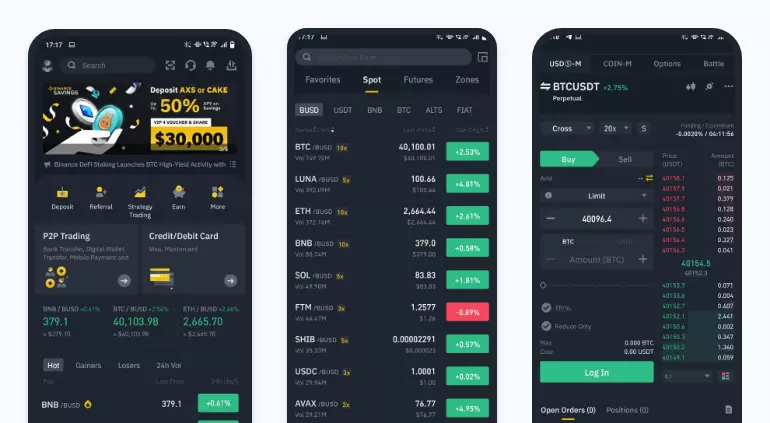
As of 2017, Binance is the world’s most popular cryptocurrency exchange. Currently, there are over 300 cryptos and tokens available for trade, with the number continually growing. An NFT trading marketplace was also recently introduced by Binance.
Trades may be made in any NFT on Binance NFT. Tokens can be published at no cost, and administrators’ permission is not necessary. In addition to Ethereum, NFT payments may be made with Binance Coin, Binance USD, and other native cryptocurrencies of Binance.
Axie Infinity
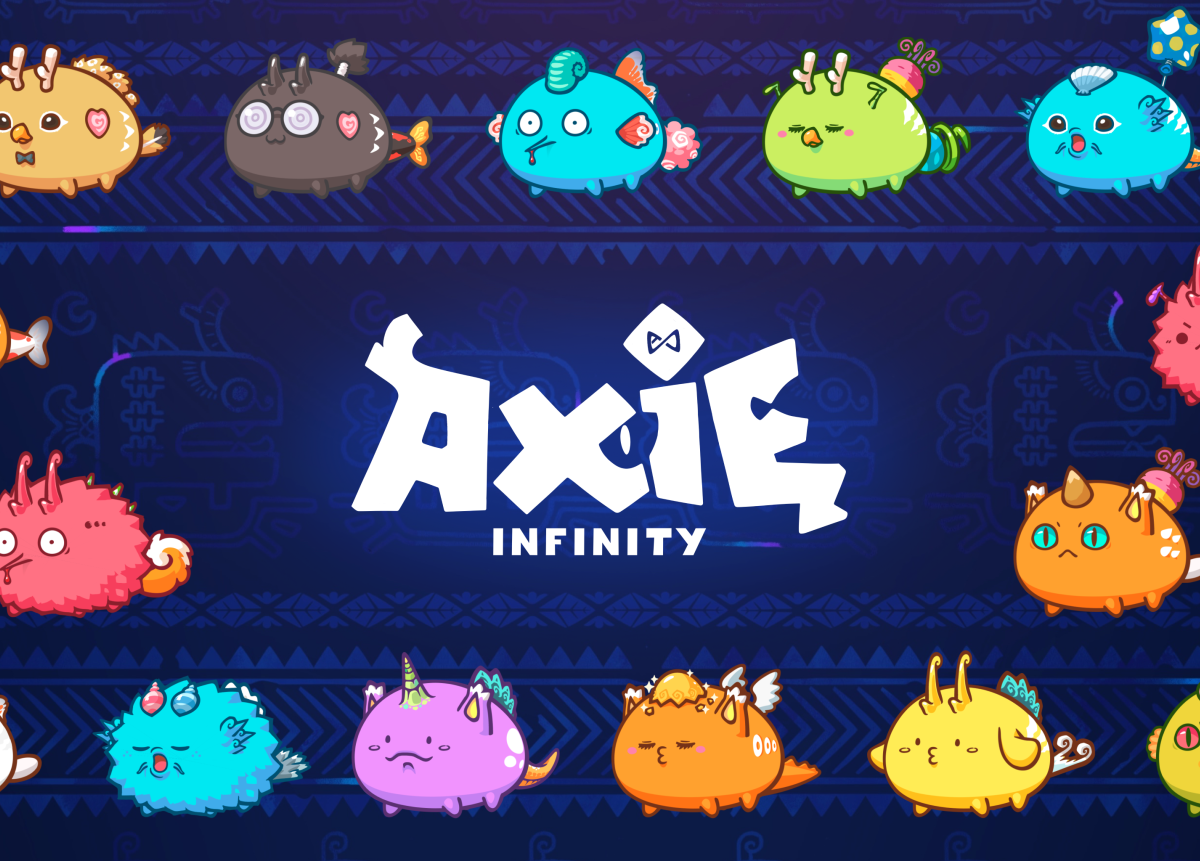
In comparison to other NFT marketplace leaders, the Axie Infinity takes a unique stance on gaming commodities, and the Axie Infinity maintains a position as a top-tier NFT marketplace. Video game assets alone are enough to make Axie Infinity’s market value more than tens of billions. The most significant achievement is the fact that the network was able to accommodate about 270 million tokens.
Rarible
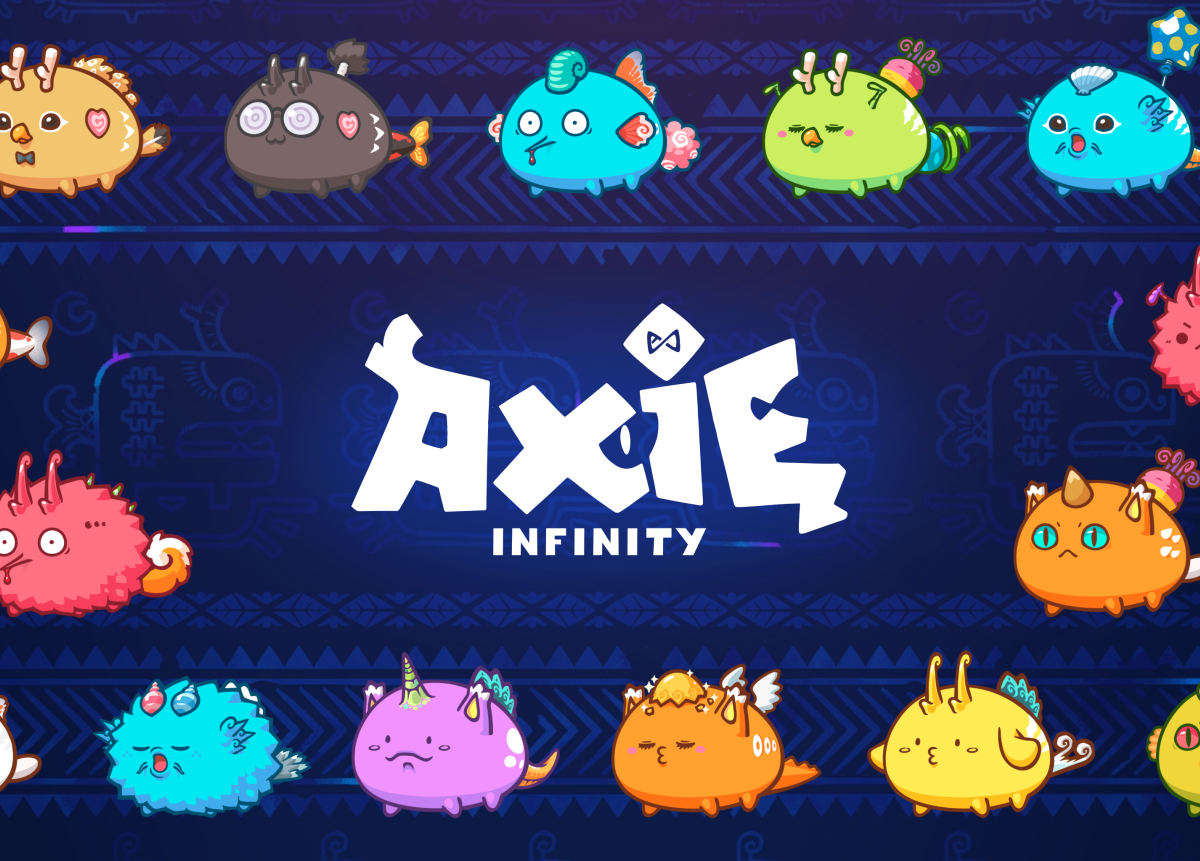
Rarible is one of the first and most innovative NFT marketplaces in the cryptocurrency sector, handling everything from connecting sellers and buyers to minting the NFTs. Because of its long history on the market, Rarible is still considered one of the most important NFT marketplaces.
OpenSea: What Is It And How Is It Useful?
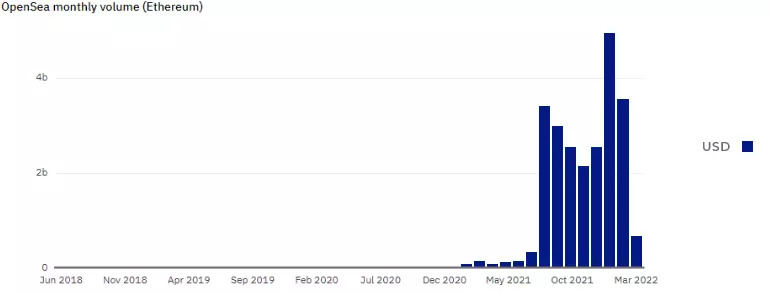
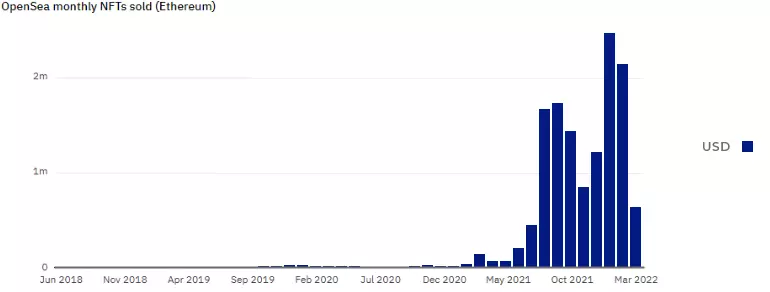
A wide range of non-fungible tokens is for sale on NFT markets, created by both well-known artists and newcomers. OpenSea is one of the most well-known options available. It was founded in 2017 with a $2 million seed round of financing.
The OpenSea system charges a 2.5 percent fee to NFT sellers. Sellers have to make a wallet, organize their work into collections, and then put it up for sale. OpenSea enables two people to securely exchange digital goods without the requirement for trust or central authority. The peer-to-peer Ethereum platform stores the unique agreement for each NFT.
Before You Sell Your NFT, Submit It To OpenSea For Approval
The OpenSea payment system accepts ETH as the default method of payment. Customers may pay in over 200 different cryptocurrencies, though. The OpenSea system is free for customers to utilize. To start exploring NFT collections, all you have to do is sign up for an account. If you already have a cryptocurrency wallet, all you need to do is link it to NFTs. Buyers of NFTs do not have to pay to utilize OpenSea.
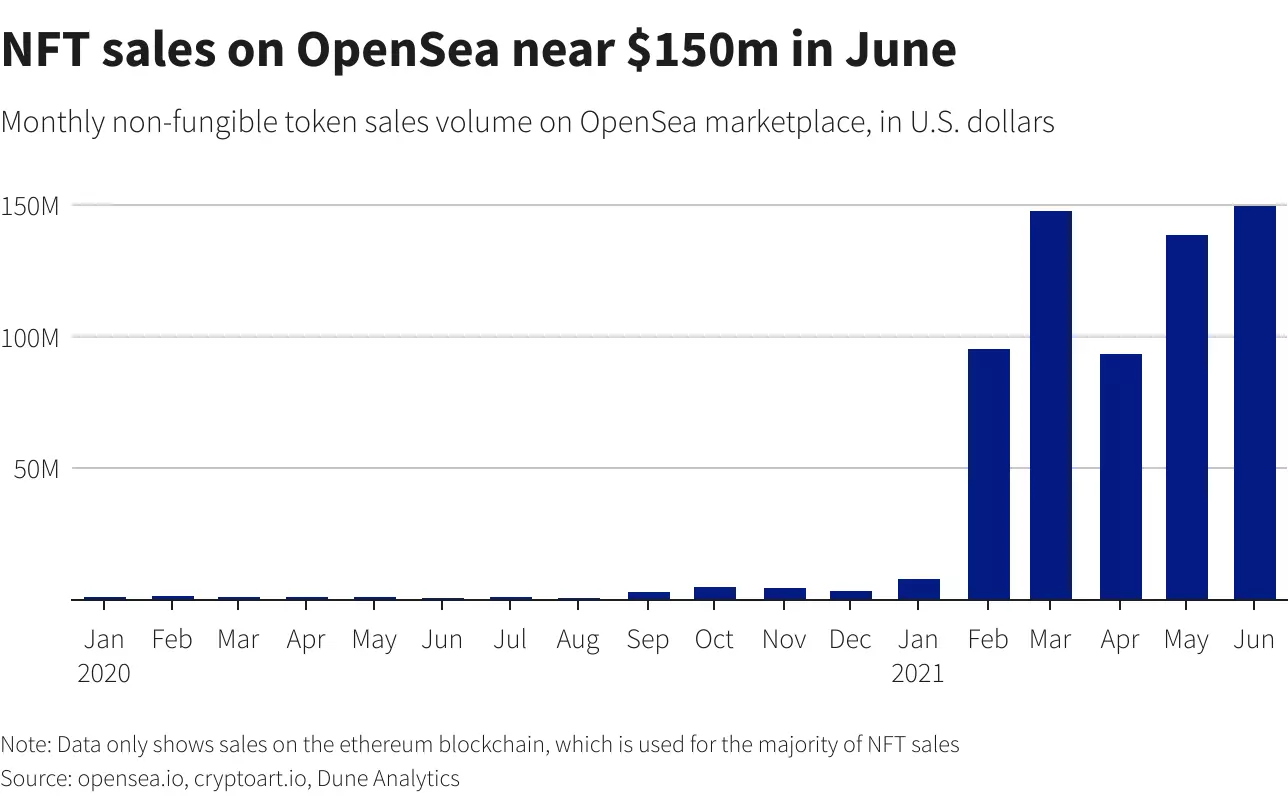
The Ethereum cryptocurrency is used for all purchases made by a buyer (ETH). Wrapped Ethereum (WETH) is the end result of the OpenSea system’s conversion of ETH. In order to acquire an NFT on OpenSea, a potential buyer must have an ETH or WETH balance in their digital wallet sufficient enough to pay the set price of the NFT or to place a winning bid during an auction for that NFT.
Read Also: How To Get Started With Initial Coin Offering (ICO) Development?
How To Create An OpenSea-Like NFT Marketplace?
#1 Get The Solidity Compiler
In order to get started, you’ll need to download the Ethereum Solidity Compiler. The Ethereum blockchain uses the computer language Solidity to generate smart contracts. Before moving on to the next phase, you’ll need to download and install this compiler on your computer.
#2 MetaMask Installation & Setup
As the name suggests, it’s a wallet for your browser, and it’s called MetaMask. It’s a browser-based token management tool. Any decentralized exchange (DEX), such as OpenSea, will work with the wallet. Once the wallet is installed on your browser, you must set up the wallet to interact with your profile before using it.
#3 Install Truffle Framework
You can use Truffle to build, evaluate, and implement Ethereum smart contracts. To establish an NFT marketplace like OpenSea, you need to design a smart contract that will manage all transactions on the site. If you want to utilize Solidity to build a smart contract, you’ll need to have Truffle installed and make use of its testing infrastructure.
#4 Generate Your Own NFT Marketplace
OpenSea is an example of an NFT Marketplace you can create with the tools you’ve just acquired. Use a pre-existing template or start from scratch if you like. The templates are accessible online for free and include all the essential documentation for this objective.
#5 Design A User Interface
After your smart contract is complete, you can design your user interface using one of the many templates that are readily available online. These templates provide all of the code you need to build a UI for your NFT marketplace. However, if you don’t feel confident utilizing the templates, you may build your own from the ground up and tailor it to your specific company requirements. OpenSea’s user interface is a good place to start if you’re searching for an example.
#6 Initiate Your Own Decentralized NFT Exchange
Both your smart contract and the user interface for it are complete. On the Ethereum blockchain, you may now create and run your own marketplace by deploying a smart contract. Alternatively, you may integrate your marketplace with the MetaMask browser extension, allowing consumers to handle their tokens directly from their web browsers.
#7 Get Started Accepting Cryptocurrency And Fiat Payments
OpenSea uses Ethereum as the primary medium of exchange for all of its transactions. While replicating this model, you must allow your users to make payments using Ethereum or another cryptocurrency, such as Bitcoin. If you replicate OpenSea, you may expect the majority of your consumers to pay in ETH, the Ethereum blockchain’s native currency. If you have a bank account, you may accept payments in fiat currency as well as in cryptocurrency.
Read Also: Ultimate Guide To Develop A Cryptocurrency Exchange App Like Binance
#8 Initiate A User Reputation System
Users of OpenSea can earn and lose reputation points. You need to develop an identity contract in order to build a reputation system comparable to OpenSea’s on your own NFT Marketplace. It’s also possible to implement a reputation system that allows your customers to rate their fellow platform users once each transaction is completed. Your platform’s reputation system will assist customers and merchants build trust with one other.
#9 Make Your Own Price Chart That You Can Drag Around
Creating a price chart for your marketplace is a necessary step. It will offer you a sense of how much a given token is trading for on your platform and what its future worth maybe. Also, the price of tokens on your platform may be determined by looking at a pricing chart.
#10 Decentralize Your NFT Marketplace With A Decentralized Exchange
The development of a DEX for your platform will be required if you wish to entirely recreate OpenSea’s architecture. Peer-to-peer DEXs allow users to trade tokens without relying on third parties or centralized exchanges. If you want total control over the trading activity on your platform, you might consider creating a DEX for it.
Read Also: A Complete Guide To NFT Marketplace Development
Which Frameworks Are Used To Create An NFT Marketplace Such As OpenSea?
Ethereum
Ethereum is very perhaps the most widely used platform in terms of non-fungible token markets or non-fungible representational turn of events. As transaction data and token information are publicly available on Ethereum, it is easier to show ownership history. NFTs become compact across things since the regular backend is shared by all Ethereum objects. Furthermore, Ethereum is unbreakable, thus tokens will always be available for trade.
Flow
This new era of digital goods, applications, and games need a fast and transparent blockchain like Flow. For the most part, the platform is widely utilized to create both the NFT marketplace and NFTs are written in Cadence programming language.
Tezos
Tezos is a decentralized blockchain platform for apps and assets that is supported by a community of suppliers, specialists, and validators. Tezos supports the development of NFT markets and NFTs by including a pre-integrated FA2 NFT contract written in LIGO-savvy contract language.
Cardano
Cardano is a blockchain platform that includes the technology and devices necessary to provide decentralized architectures and applications with unmatched security and manageability. Moreover, it promotes the development of NFTs and other digital products.
IPFS
IPFS is a decentralized storage protocol for media content that is based on a common hypermedia norm. IPFS can keep all the information about NFTs because the media file can’t be placed away on the blockchain.
Filecoin
Filecoin is a decentralized data storage network that was purpose-built to store the most fundamental data types, such as media files. The capacity platform includes everything a mobile app developer needs to get started with NFT decentralization. Recognizing its benefits, Truffle Suite has also released an NFT Development Format with Filecoin Box.
Pinata
Pinata is also a well-known platform for transferring and managing files over IPFS. It provides NFTs with safe and dependable files.
Must-Have Features Of NFT Marketplace To Help You Succeed
Storefront
An NFT marketplace is analogous to an online store. It needs a visually appealing and easy-to-navigate storefront. The administrator must determine the amount of information that will be shown for each file. NFT customers, like those who buy physical art, would want to know the history and origin of the files they purchase.
Another request from them is for a list detailing how unique each of their NFTs is. Despite the fact that an NFT cannot be copied, artists can release several NFTs of the same image.
Read Also: A Comprehensive Guide For EWallet Application Development
Advanced Search For Tokens
Consumers should be able to access the information they need quickly and easily, with the least amount of effort. Customer satisfaction may be improved by organizing the products in an NFT marketplace so that they can be found quickly.
Filters
This feature is similar to the last one in that it aims to make it easier for customers to find the proper product. In most cases, the buyer’s selection will be influenced by one or more of the following categories: prices, current items, hot deals, best-selling, and more are all examples of what you’ll find. As a result, people will be more likely to purchase the products they need.
Adding Listings To The Site
Customers should be able to create and transmit their own collectibles. Allow them to do so swiftly and easily. Create a page where clients may upload a file by entering the exact item info. It is necessary to provide information such as a title, keywords, and description.
Listing Status
Those who sell things and have passed item verification processes can take advantage of this feature. It enables monitoring of the confirmation of the procedure’s status. Hence, this function is important for verifying collectibles.
Bidding Option
The ability to buy and bid on things is essential for every eCommerce enterprise. As a result, more people are buying collectibles on eBay because of the lower beginning prices and the ability to set their own prices. Bidding is always entertaining. Don’t forget to provide an expiration date for auction features. Those who have registered should be able to check the current status of their bids. It will assist them in determining whether to purchase or continue placing newer bids. You may think of it as a standalone feature.
Pinata
Pinata is also a well-known platform for transferring and managing files over IPFS. It provides NFTs with safe and dependable files.
Wallet
Non-fungible tokens must be stored in a secure location. When it comes to protecting your money, there are certain alternatives that are better than others. In order to keep tokens safe, the NFT market service must have a wallet deployed from the beginning. Create and provide a “native” wallet rather than requiring your customers to sign up for other online wallets.
Prioritize the ease of use for the customer. A wallet should not be designed from the ground up. Consider choices like Formatic or Coinbase for integrating your service into the marketplace. You may need to compile a list of the most popular wallets and integrate them into your platform. Make it as easy as possible to save, submit, and get tokens.
Ratings
This is a feature for those who are just starting off. Visitors may not know where to begin, how the system works, or how to quickly choose products. Taking a look at one’s rating to determine whether other users regard this particular merchant to be trustworthy may suffice. Ratings allow the platform’s participants to evaluate each other and give comments based on their perceptions. It will allow others to assess the credibility of each individual user. Members who achieve the highest ratings could be rewarded as well.
Conclusion
NFTs have a bright future ahead of them, and the industry is constantly innovating. NFT marketplaces take advantage of the increasing popularity of NFTs and make it possible for anyone to make full use of NFTs. Considering the passions of diverse collectors and purchasers worldwide, it is a fantastic idea to establish an NFT platform or app without any delay.




